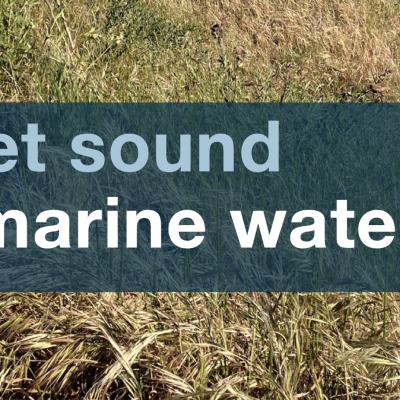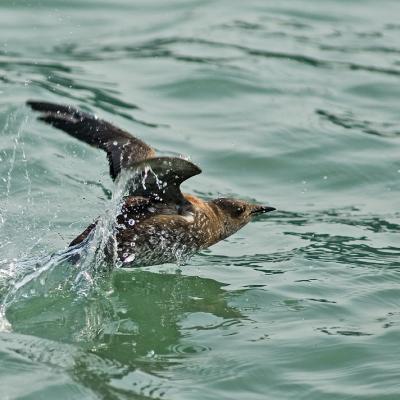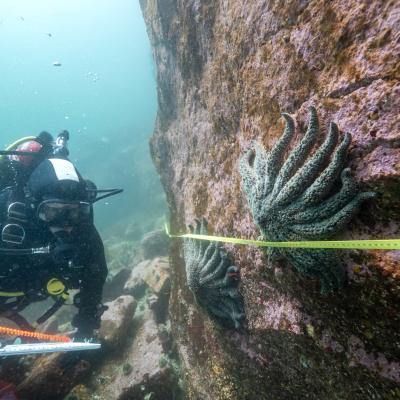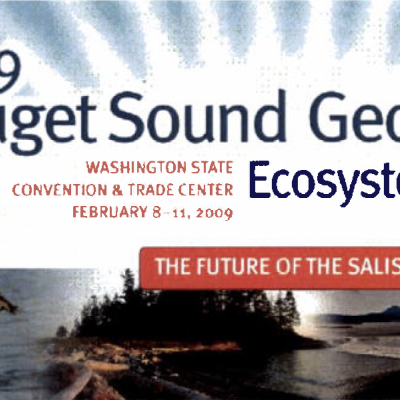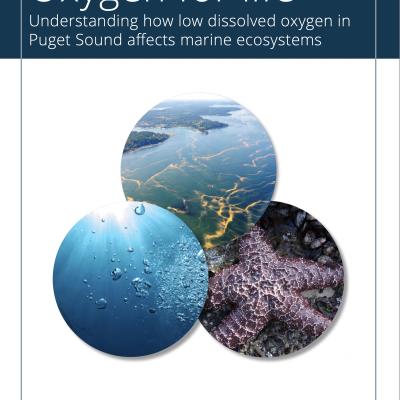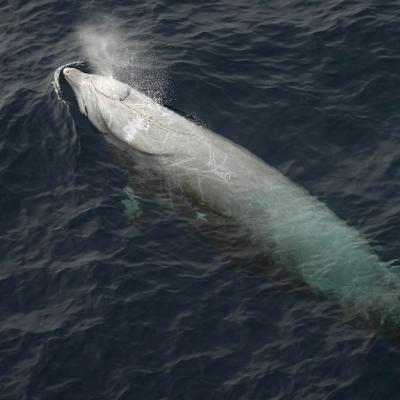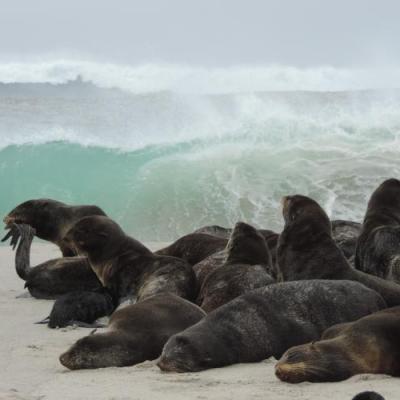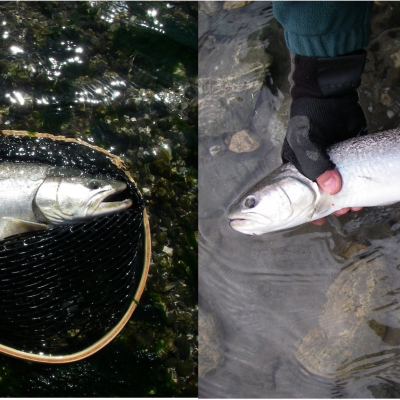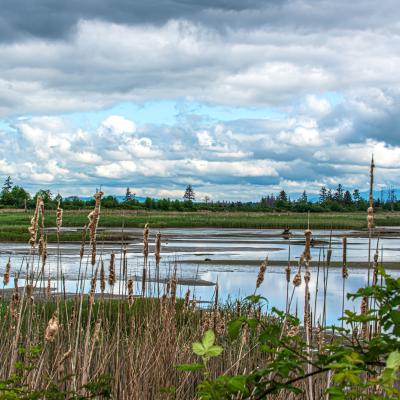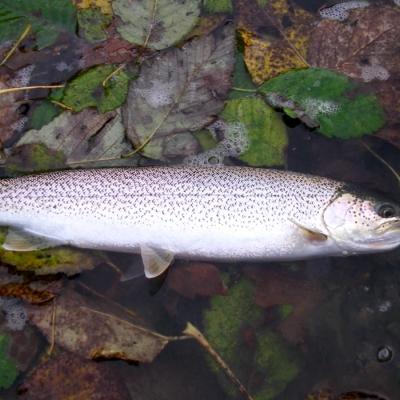All Articles
Puget Sound Marine Waters 2024 Overview
Since 2011, the Puget Sound Ecosystem Monitoring Program has released the annual Puget Sound Marine Waters Overview report. The latest report combines a wealth of data from comprehensive monitoring programs and provides a concise summary of what was happening in Puget Sound’s marine waters during 2024. The report represents the collective effort of contributors from federal, tribal, state, andField notes: Sightings of marbled murrelets in Commencement Bay
Marbled murrelets are a rare sight in Puget Sound. The threatened birds have declined severely in California, Oregon, and Washington, and biologists are intrigued by their summer presence in Commencement Bay.With one mystery solved, researchers examine new strategies for sea star recovery
Knowing the cause of sea star wasting disease allows scientists to look for ways to increase resilience among the ravaged sea star population.2009 Puget Sound Georgia Basin Ecosystem Conference abstracts and biographies
The 2009 Puget Sound Georgia Basin Ecosystem Conference took place February 8–11, 2009 in Seattle, Washington.Oxygen for life: Understanding how low dissolved oxygen in Puget Sound affects marine ecosystems
A 2025 report from the University of Washington Puget Sound Institute compiles a series of articles and overviews describing the impacts of nutrients on dissolved oxygen in Puget Sound.Cuvier's beaked whale
Cuvier’s beaked whales are the most commonly stranded beaked whale along the outer coasts of Oregon and Washington. Although typically a creature of deep water, beaked whales have been documented in the Salish Sea at least once in the last fifty years, although which species was swimming in Puget Sound was not clear.


